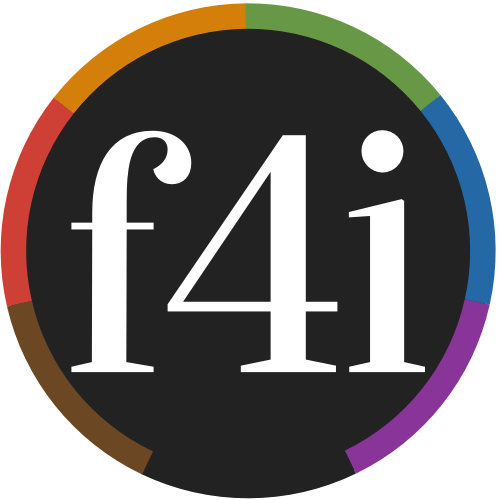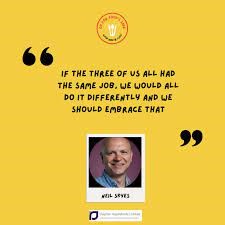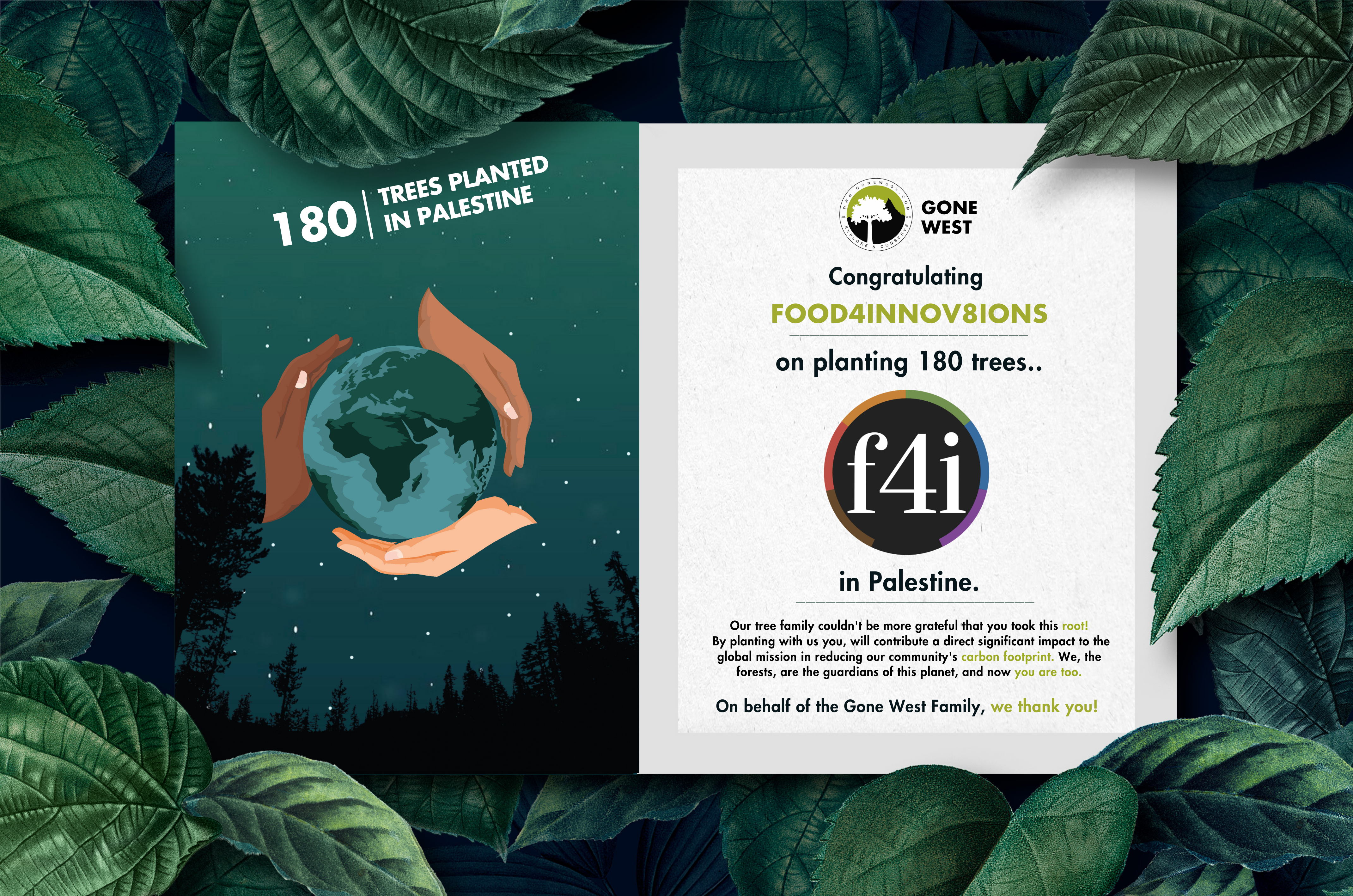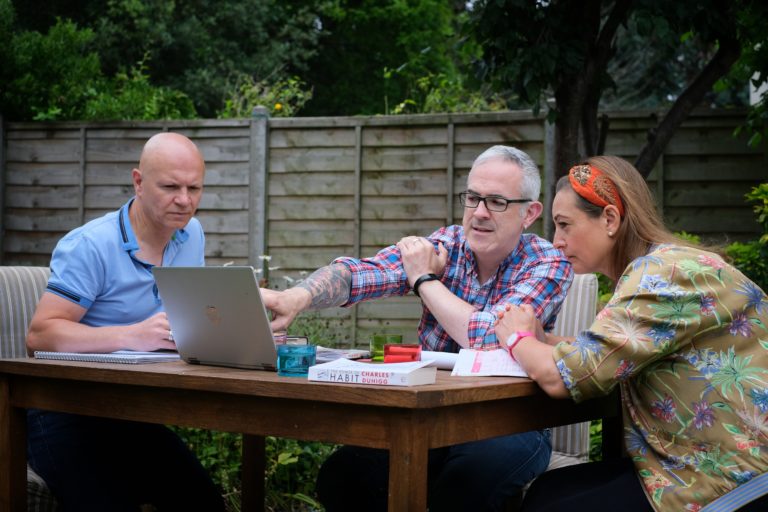On a holiday to the Philippines, I was lucky enough to go the north of the country and visit the one thing I really wanted to see there, the rice terraces. In the mountainous north, rice fields are just as required to grow the crop needed to feed the people as they are in the flatter lowlands. But with less flat land available, the population optimised what they had and created terraced fields to grow the rice. This is what clever, and in this case stunning, looks like. It embodies the mantra of ‘start where you are, use what you have, do what you can’.
What is ‘clever though? At the Six ‘I’s® of Innovation we define the mindset of clever as ‘being mentally bright, having sharp or quick intelligence’. For me, there is something instant about that definition, like a light switch being flipped. And I guess this is what stands clever out from other words that it is associated with – intelligence, wisdom, smartness. The differences however are quite pronounced …
Take the simple tomato …

‘Intelligence’ is knowing it is a fruit, whilst ‘Wisdom’ is knowing not to put it in a fruit salad.
‘Smart’ has come to know that it complements savoury tastes best, so ‘Clever’ invites us to consider many other creative ways to use it in tasty meal preparation.
Clever has its linguistic roots based in both Old English and Old Norse relating to manual ability; being good with your hands, dextrous even (‘dex’ is latin for ten, the same number of digits you have on your hands – I love a good word trail). We are also dextrous in our thoughts and language; dexterity of thought is a great skill when you want to shift a personal or a business viewpoint. Take this example of where the mindset of clever delivers value twice…
I recently read a book called ‘The Choice’ by Dr Edith Eger. A concentration camp survivor she had made her life in the US after the war where she trained as a teacher. She was great at it, she built rapport so easily, always super helpful and the kids really opened-up to her. She was considering a change of career and taking a doctorate to become a psychotherapist. This would allow her to adapt her human-centric skills to the world of troubled adults helping them deal with the limitations that were holding them back. OK, so that is clever part one, taking what you already have and applying it to another environment.

However, she had a self-imposed limitation that put a block on this dream becoming a reality; in conversation with her school principal she told him that she was unsure because after all the schooling required, she would be fifty by the time she finished. Now here comes clever part two; the school principal smiled at her and delivered the words “You’re going to be fifty anyhow”. Boom! A clever reframe on the situation forced Edith to look at herself differently and led to an extraordinarily successful career in psychotherapy. She chose not to flight or to fight, but to innovate herself. Imagine what it could be like for your business if you chose to change the frame around what it is you already have, around what you are already good at? How much more personal satisfaction would we achieve by optimising and maximising and consolidating just by spending time looking through the lens of improvement for our business (or self-improvement if we are working on ourselves).
The more I delve into the Six ‘I’s® of Innovation, the more I am convinced that the ‘improve’ phase is required throughout the whole innovation cycle as well as at the end. In conversation with a fellow certified practitioner, Simon Allison, we agreed that an organisation cannot in good faith sign off a project as complete until there have been iterative forays into the ‘improve’ stage. One of my favourite ways to generate ways to make an idea better is the SCAMPER tool: ask yourself, ‘What could I …Substitute? Combine? Adjust? Modify Put to another use? Eliminate? Reverse or Rearrange?
Scamper will get you a quick win or two, and who doesn’t like one of those? As improvers are not necessarily outwardly looking for the next bright shiny bauble to dazzle the crowds, they can take the time to look inwardly at what has worked, what did not work, what was learned and what to do differently next time. Being clever is all about learning, and learning comes from both success and failure – or as I prefer to call it ‘successfully finding a way that did not advance the cause’.
This post originally appeared in Neil’s LinkedIn page





